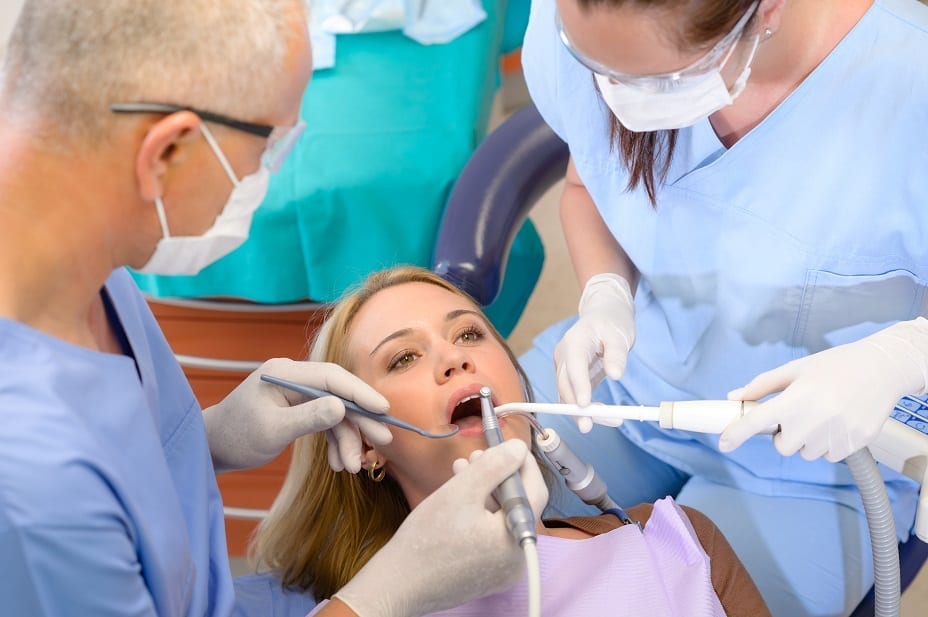7 Easy Facts About Legacy Orthodontics Described
Table of ContentsLegacy Orthodontics Fundamentals ExplainedLittle Known Questions About Legacy Orthodontics.10 Simple Techniques For Legacy OrthodonticsSome Of Legacy Orthodontics7 Simple Techniques For Legacy Orthodontics
At Advanced Orthodontics, we supply clients with a all natural therapy experience. Additionally, we offer flexible treatment schedules, flexible payment options and an enjoyable, delightful experience. leesburg braces. Call ( 480) 357-4900 today to find out more and timetable a consultation.An orthodontist is a dental practitioner trained to diagnose, protect against, and deal with teeth and jaw irregularities. They fix existing problems and are educated to recognize problems that may create in the future. Orthodontists deal with people of all ages, from youngsters to adults. Individuals usually connect an ideal smile with healthiness.
Malocclusion, or misaligned teeth, can result in dental concerns, consisting of dental caries, gum illness, and difficult or unpleasant eating. But not every person is born with straight teeth. If you have a bad bite or big rooms in between your teeth, you might intend to get in touch with a dental practitioner concentrating on orthodontic care.
The Best Guide To Legacy Orthodontics
( Image Credit Rating: DigitalVision/Getty Images) Orthodontists use fixed and removable dental devices, like braces, retainers, and bands, to alter the placement of teeth in your mouth. Orthodontic therapy is for oral irregularities, including: Uneven teethBite troubles, like an overbite or an underbiteCrowded teeth or teeth that are also much apartJaw misalignmentThe objective of orthodontic treatment is to boost your bite.
A healthy and balanced bite guarantees you can consume, eat, and talk appropriately. While you may think about orthodontists as generally for kids or young adults that require dental braces, they can remedy dental problems at any age. Orthodontists attend university, dental school, and orthodontic school. After graduation, they spend 2 or 3 years in an orthodontic residency program.
All orthodontists are dental professionals, but not all dental professionals are orthodontists. Orthodontic residency programs provide extensive, concentrated direction for oral professionals. They concentrate on two areas: Just how to correctly and safely move teeth Just how to correctly direct growth in the teeth, jaw, and faceOnce an orthodontist has completed training, they have the choice to become board licensed.
Rumored Buzz on Legacy Orthodontics
Misalignment, or malocclusion, is the most common factor individuals see an orthodontist. It is genetic and is the result of size differences between the top and reduced jaw or between the jaw and teeth. Malocclusion results in tooth overcrowding, a twisted jaw, or uneven bite patterns. Malocclusion is usually treated with: Your orthodontist connects steel, ceramic, or plastic square bonds to your teeth.
Some people require a headwear to aid relocate teeth into line with pressure from outside the mouth. A retainer is a personalized device that keeps your teeth in area.
They can produce additional area in the mouth without having to pull teeth. Orthodontists utilize cords, medical screws, or plates to support your jaw bone.
You may need to see an orthodontist if you have: Crowding or not adequate area for every one of your teethOverbite, when your upper teeth come over your bottom teethUnderbite, when your bottom teeth are too far forwardSpacing or concerns with gapsCrossbite, which is when your top teeth fit behind your base teeth when your mouth is closedOpen bite or an upright void between your front bottom and upper teethMisplaced midline, when the center of your bottom and top teeth do not align Dealing with an oral malocclusion can: Make biting, chewing, and speaking easierImprove the symmetry of our face and your total appearanceEase discomfort from temporomandibular joint disordersSeparate your teeth and make them much easier to cleanse, assisting stop dental cavity or cavities It's frequently a dentist that initially notices misaligned teeth during a routine test.
The Ultimate Guide To Legacy Orthodontics

During your very first orthodontic examination, you'll likely have: A dental examPhotos taken of your face and smileDental X-raysPanoramic (360 degree) X-rays of your face and headImpressions to create mold and mildews of your teethThese examinations Clicking Here will aid your orthodontist know exactly how to wage your treatment. leesburg orthodontics. An orthodontist is a dental professional that's had training to treat your teeth and jaw
Orthodontists might do surgery, exams,X-rays,and more to help you achieve a more comfy, healthier smile. An orthodontist is focused on your bite, so something like a chipped tooth would certainly be managed by a dental professional. Orthodontists are dental practitioners yet not all dental experts are orthodontists. Orthodontists are concentrated on your bite, or the means your teeth meshed, and the straightness of your teeth.
Ever asked yourself just how stars constantly appear to have completely straightened teeth? Orthodontists are oral experts that concentrate on fixing abnormalities in the teeth and jaws.
Getting My Legacy Orthodontics To Work

While braces are the most commonly acknowledged orthodontic treatment, orthodontists have a diverse toolkit at their disposal. The certain method selected depends upon the intensity of the instance, the person's age, and specific choices. These tried-and-true braces make use of a system of braces bound to the teeth and linked by cables.
Clear aligners, like Invisalign, are a popular alternative for clients seeking a much more very discreet treatment option. These detachable trays are custom-made to progressively shift the teeth's position. Headgear might be made use of together with braces or aligners to use extra targeted forces, specifically for dealing with jaw inconsistencies. In situations of slim jaws, palatal expanders can be made use of to produce area for correct tooth placement.